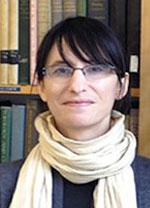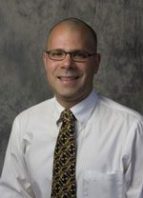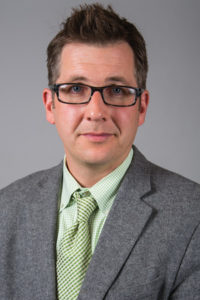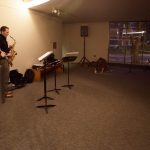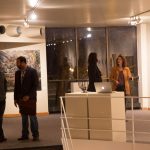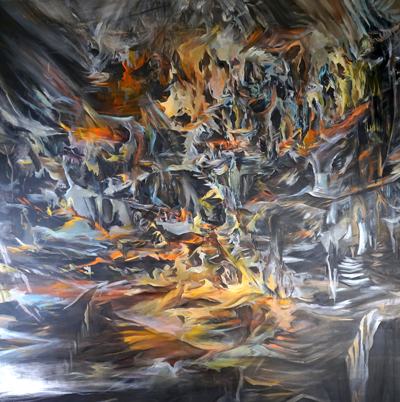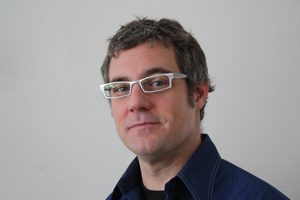 Dr. Allen Zagoren, DO, MPA, FACOS, FACN
Dr. Allen Zagoren, DO, MPA, FACOS, FACN
Associate Professor of Public Administration in the College of Business and Public Administration, Drake University
Thursday, September 17th
Sussman Theater, Olmsted Center, Drake University
—–
Dr. Zagoren’s Comparison Project presentation takes the audience on a journey through humanity’s continued confrontation with death, with an emphasis on our attempts to prolong the inevitable. Along the way, the audience will gaze at western society’s attempt to define and depict the dying process, inspect the role that human technology has played in redefining and ultimately confusing the end of life, and look out at the potential impact of future technology. Influenced by the bestselling book How We Die by Sherwin Nuland, Dr. Zagoren’s presentation, like Nuland’s, is grounded in a physician’s observations. But Dr. Zagoren’s presentation travels beyond medicine and science to art and music, underscoring the central mystery that is our death.
Dr. Allen Zagoren is Associate Professor of Public Administration in the College of Business and Public Administration at Drake University, where he also serves as Chairperson of the Department of Management and Public Administration and the Graduate Curriculum Committee. He is a trained General And Trauma Surgeon with subspecialty training in Interventional Nutrition and Wound Healing. He currently serves as the Medical Director of the Wound Healing Collaborative at Unity Point Health System, Central Iowa. Dr. Zagoren’s areas of expertise include health education in health policy and bio-ethics.


